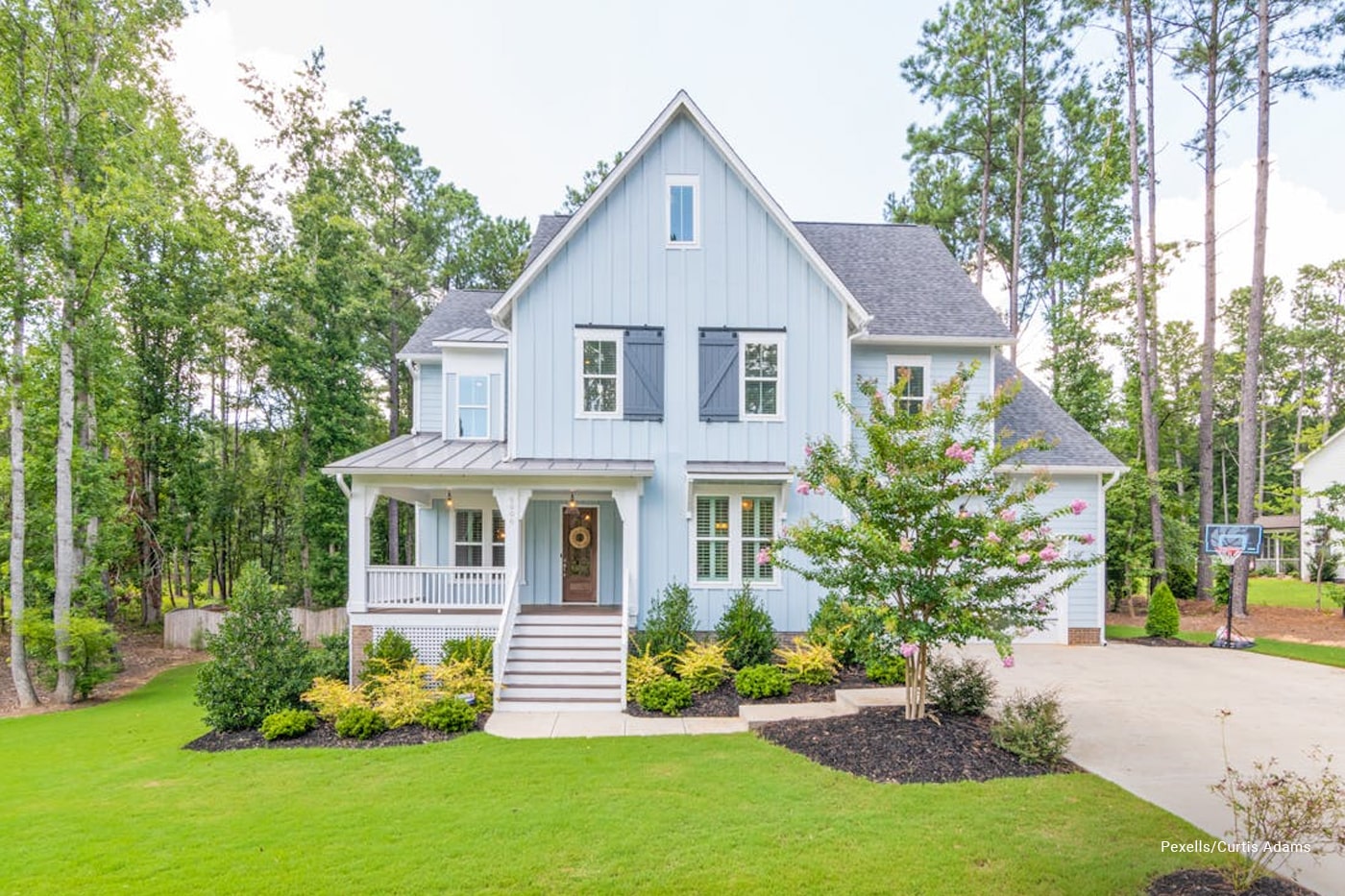As water conservation and environmental impact become top priorities, many homeowners are rethinking traditional lawns in favor of more eco-friendly alternatives. Traditional lawns require regular watering, fertilizing, and mowing, consuming significant resources and time. Switching to low-maintenance, sustainable options can transform your yard into a thriving, resilient space that benefits local ecosystems, reduces your environmental footprint, and offers long-lasting beauty. Here’s how to create a greener, sustainable yard by choosing eco-friendly lawn alternatives.
Contents []
How to Create an Eco-Friendly, Low Maintenance Garden

1. Replace Grass with Native Ground Covers
Native ground covers like clover, creeping thyme, or sedum are excellent choices for eco-friendly lawns. These plants form dense mats that look lush and green, without the need for constant watering or mowing. They’re also hardy and drought-resistant, making them ideal for warmer, drier climates. Additionally, ground covers like white clover help enrich soil with nitrogen, acting as a natural fertilizer.
- Clover: White clover is a top choice because of its durability and soil-enriching properties.
- Creeping Thyme: Known for its aromatic foliage and purple flowers, creeping thyme is great for pollinators and can withstand light foot traffic.
- Sedum: With its succulent leaves, sedum is perfect for dry areas and adds texture to your landscape.
2. Wildflower Meadows for a Pop of Color

For an eye-catching and eco-friendly option, consider planting a wildflower meadow. Not only do meadows add vibrant colors and textures, but they also attract pollinators like bees, butterflies, and birds. Wildflowers are low-maintenance, requiring little water and no fertilizer once established. You can mix native flower seeds like Black-Eyed Susan, cone flowers, and milkweed to create a beautiful, biodiverse lawn alternative.
- Plant in Sunny Areas: Wildflowers thrive in direct sunlight, making them ideal for open spaces.
- Mix in Native Grasses: Combining native grasses with wildflowers helps create a balanced, sustainable mini-ecosystem.
3. Ornamental Grasses for Texture and Year-Round Interest
Ornamental grasses like blue fescue, switchgrass, and maiden grass add texture and movement to your yard while being incredibly low-maintenance. They’re drought-resistant, hardy, and don’t require frequent mowing. Ornamental grasses come in a variety of colors and sizes, allowing you to mix and match to fit your space.
- Switchgrass: Native to North America, switchgrass is drought-tolerant and provides shelter for small wildlife.
- Blue Fescue: Known for its bluish hue, blue fescue adds a pop of color and is compact enough for small spaces.
4. Moss for Shady or Damp Areas
Moss is a fantastic lawn alternative for shady or consistently moist areas. It’s incredibly low-maintenance, requiring no mowing or fertilizers, and stays green year-round. Moss is also effective in preventing erosion and grows well in challenging spots where grass typically struggles.
- Types of Moss: Choose from sheet moss for a soft carpet-like look or rock cap moss for vertical surfaces and rocky areas.
- Minimal Upkeep: Moss only needs occasional watering during dry spells and is great for cooler climates.
5. Edible Ground Covers for a Functional Yard
Edible ground covers like strawberries and herbs provide a dual purpose, creating a green carpet while producing fresh food. Strawberries, for example, spread quickly, forming a lush ground cover and giving you fruit in the summer. Herbs like oregano and thyme not only smell wonderful but are also resilient and low-maintenance.
- Strawberries: These work well in sunny spaces and provide fresh fruit each season.
- Oregano and Mint: Hardy and fragrant, these herbs add aroma and can be harvested for cooking.
6. Eco-Friendly Hardscaping with Gravel and Mulch
Replacing portions of your yard with eco-friendly hardscaping, such as gravel or mulch pathways, reduces water use and eliminates the need for mowing. Gravel paths and mulched areas also add texture and create visual interest, while also providing functional areas for outdoor seating or play. Use permeable materials, such as decomposed granite, to allow rainwater to penetrate and prevent runoff.
Benefits of Eco-Friendly Lawn Alternatives

Switching to eco-friendly lawn alternatives offers a wide range of benefits for both your yard and the environment:
- Water Conservation: Many alternatives, like native ground covers and moss, require little to no water.
- Reduced Carbon Footprint: Less mowing means less reliance on gas-powered equipment, reducing emissions.
- Pollinator Support: Wildflowers and flowering ground covers attract beneficial insects, helping sustain pollinator populations.
- Less Maintenance: Enjoy a yard that stays beautiful with minimal upkeep, saving you time and effort.
Getting Started with Your Sustainable Yard
Before making any changes, assess your yard’s conditions, such as sunlight, soil type, and moisture levels, to choose the best options. For instance, wildflowers thrive in sunny, well-drained soil, while moss works best in shady, damp areas. Transitioning to a sustainable yard is a gradual process, so consider replacing your lawn in sections over time.By choosing eco-friendly lawn alternatives, you’ll create a resilient, beautiful outdoor space that conserves resources, supports local wildlife, and requires less work. Whether you opt for a lush ground cover, a vibrant meadow, or a mix of ornamental grasses, your sustainable yard will contribute positively to the environment while enhancing your home’s curb appeal.



